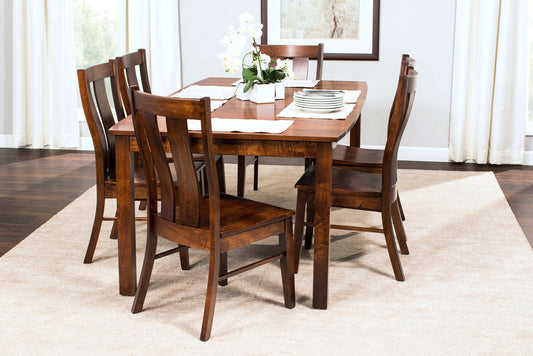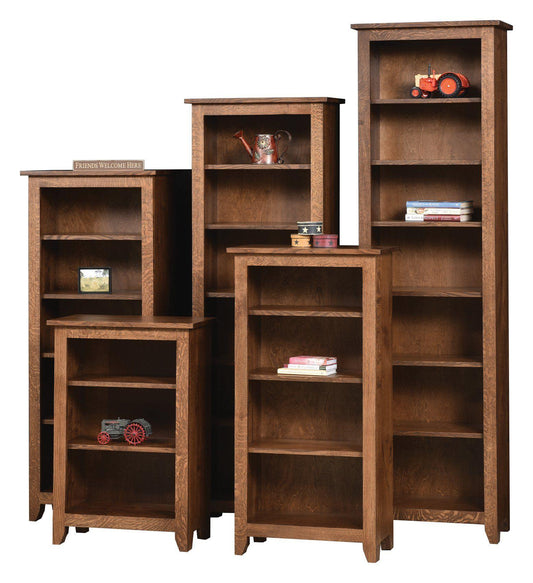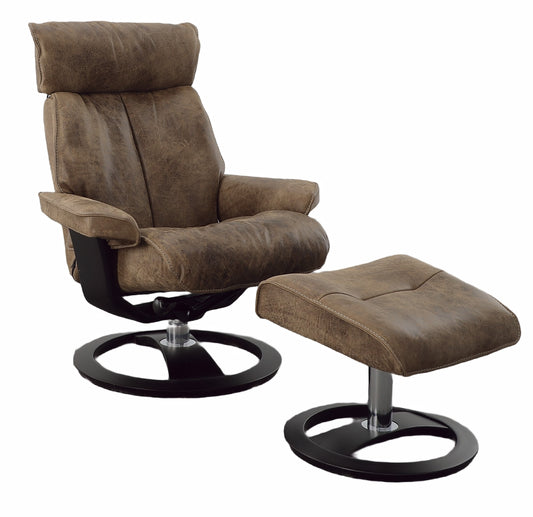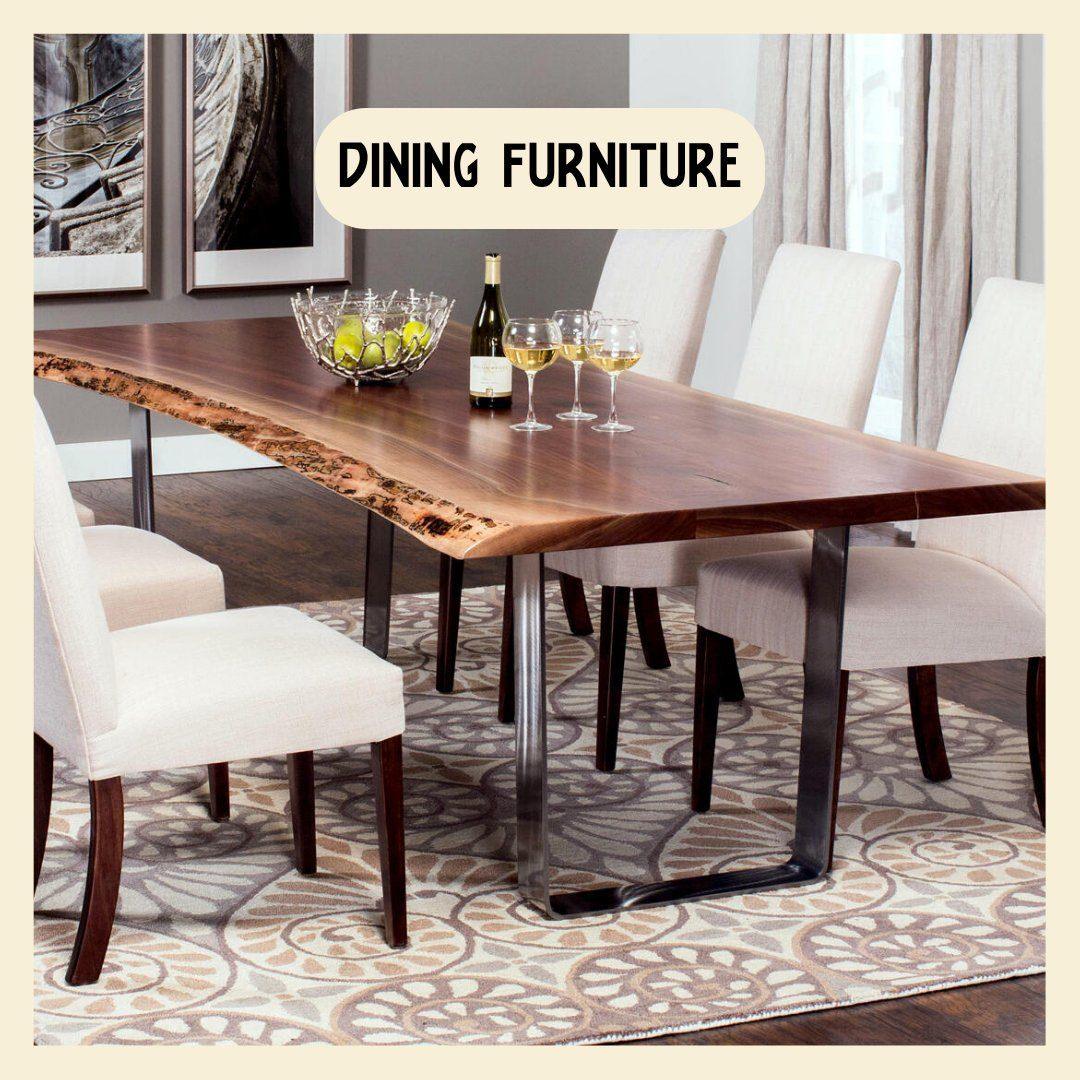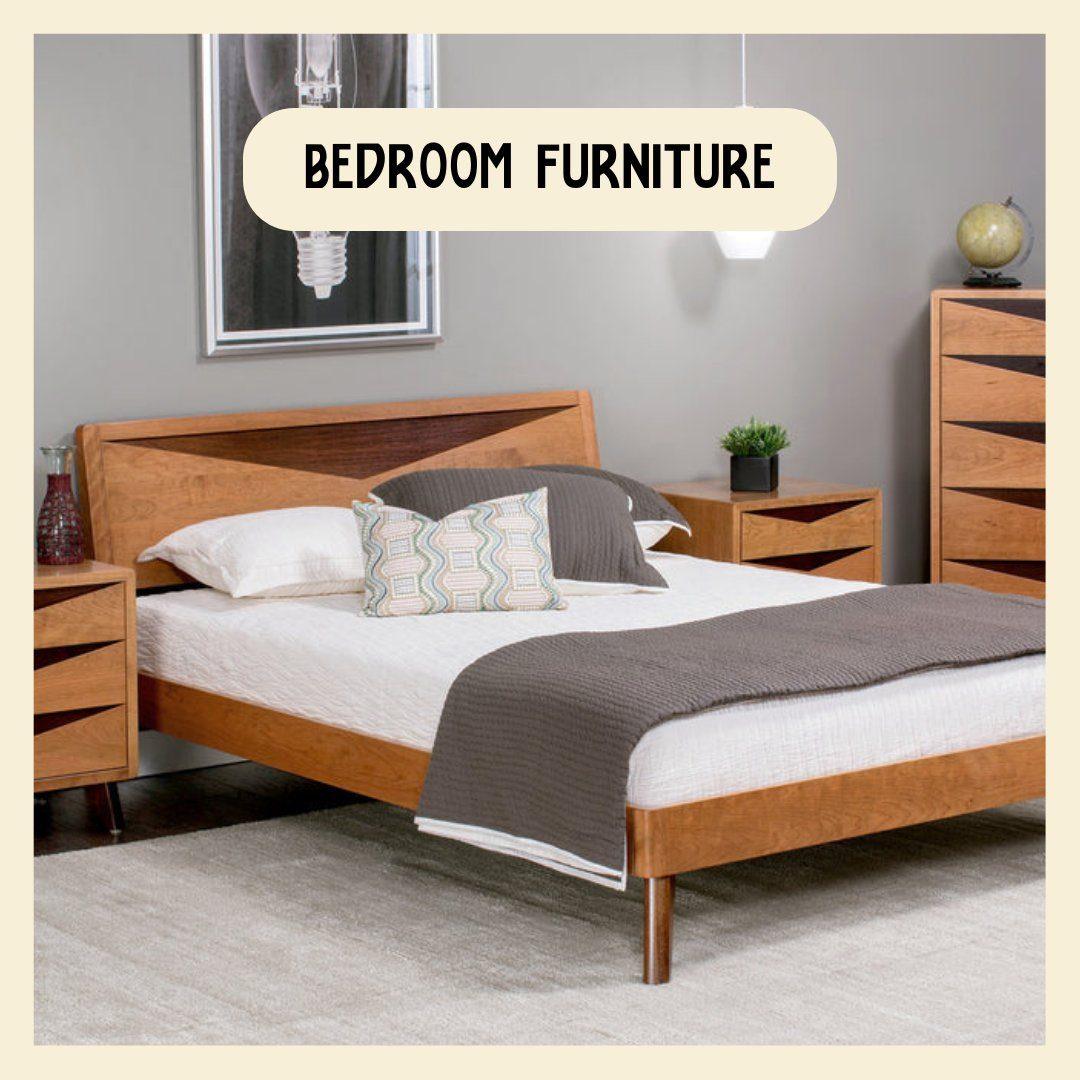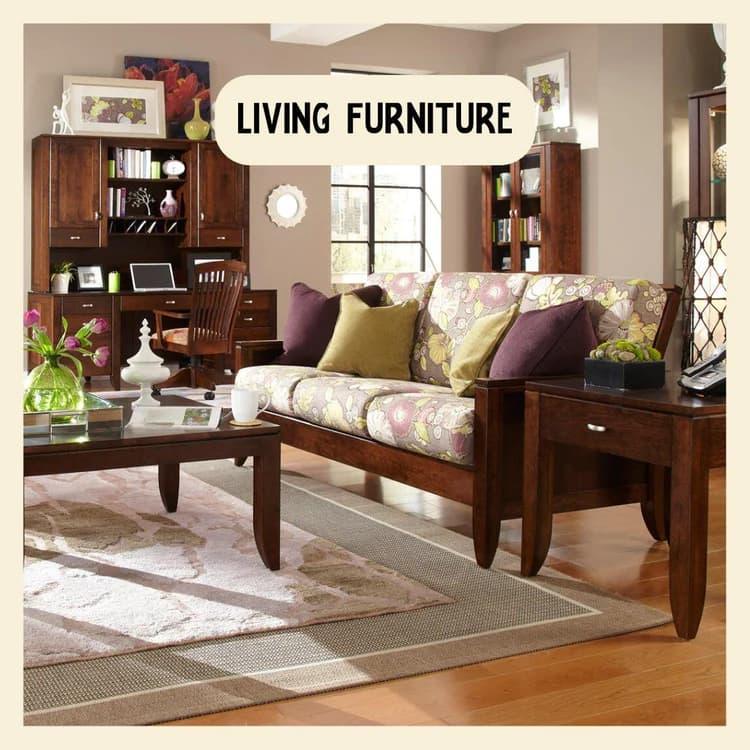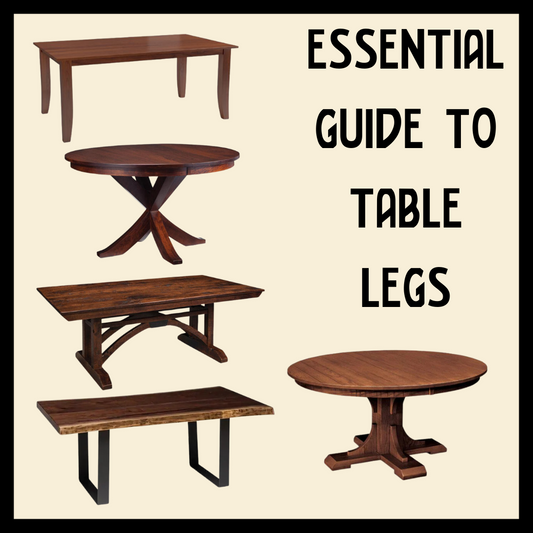The Craftsmans of America: Pasadena
With a personality rooted in high quality design and craftsmanship, simplicity and timelessness, it’s no wonder we are obsessed with the Craftsman home. In this series, we explore a number of notable Craftsman neighborhoods across the country.

When we think of Craftsman style architecture and the definitive bungalow, Pasadena is often the first that comes to mind. The quintessential California Bungalow, the architectural empire of Greene & Greene, the eloquently preserved streets of Bungalow Heaven are all part of Pasadena’s rich Craftsman history. With so much love for the style, it is difficult to think of another community that embraces it so visibly and proudly.

The Craftsman History of Pasadena
Founded in 1875 as a winter retreat by settlers from the state of Indiana, it’s no surprise that the middle and upper-class midwesterners eventually chose not to return home for the summers. Instead, they found the temperate, orange-scented town to be an appealing place to live year-round.

From 1900 to 1920 the population of the community quadrupled causing a significant housing boom. The need for more housing just happened to occur at the same time as the evolution of the Arts & Crafts Movement in America when the popularity of the Craftsman style home, often built from a kit purchased out of a Sears catalog, was soaring. The result being the abundance of Craftsman style homes seen in Pasadena today.
But that wasn’t all.
The arrival of Charles and Henry Greene in the late 1800s offered another magical element to the mix. Established in 1894, the Greene and Greene architecture firm teamed with master contractors to develop a home that would suit the laid-back California lifestyle Americans were flocking to. The California bungalow was born, offering function and form with built-ins, alcoves and plenty of natural California sunshine pouring in through clusters of windows. Deep porches made perfect outdoor living spaces. Exposed beams and wood gave the homes a fairytale-like quality.
Featured Neighborhood: Bungalow Heaven
In the span of 16 blocks, this neighborhood boasts one of the most concentrated examples of Craftsman style architecture in America. With old homes in constant danger of redevelopment or demolition, this unique neighborhood within Pasadena’s city limits has managed to preserve its charm and character since becoming the town’s first Historic District in 1989.

The neighborhood evokes a unique sense of place and time. The homes capture the spirit of the Arts & Crafts movement that offered working persons the opportunity to own a house with rich architectural detail. A yearly Bungalow Heaven Home Tour is an opportunity to get a glimpse into the community where it’s not unusual to hear current residents rave about their favorite pastime: landscaping and gardening.
Of course this isn’t the only notable bungalow neighborhood in Pasadena. Garfield Heights and Historic Highlands offer up Craftsman era homes mixed with Foursquares, Queen Anne’s, Spanish Colonials and Tudors.
Famous Homes of Pasadena
It’s no wonder that Hollywood loves to use Pasadena for on-site filming. Not only is it close, it has gorgeous scenery, tree-lined streets and all-American homes. Here are a few to swoon over.
The Gamble House
Arguably the most iconic of American Craftsman homes designed by Greene & Greene, it was built in 1909 for David B. Gamble, son of Proctor & Gamble’s founder. David and his wife Mary lived in the house during the winter months until their passing. It was passed down in the family until 1966 when it was turned over to the city of Pasadena in a joint agreement with the University of Southern California’s School of Architecture. Declared a National Historic Landmark in 1977, today two 5th year architectural students live in the house full time.

An American Arts & Crafts masterpiece, the house is hugely influenced by traditional Japanese aesthetics, the use of natural materials, and craftsmanship that helps it blend into its natural environment. The home is open to tours and events and is worth a visit to see the exquisite architectural detailing of both the interior and exterior.
The Millard House (La Miniatura)
Famous architect Frank Lloyd Wright also found inspiration in the idyllic beauty of Pasadena. Built in 1923, after the craze of the Craftsman began to slow, this textile block house was erected. Wright was seeking a shift from the typecast he felt with his Prairie style work and began experimenting with other materials and designs. He built the home to integrate seamlessly with the land and steep ravine on which it was perched.
While the initial response was mixed, on both design and use of what was thought to be common building material that lacked a facade of richness, many now see it as one of Wright’s finest works. It was added to the National Register of Historic Places in 1976.

The Duncan-Irwin House
Overlooking both the Rosebowl and the Arroyo Seco seasonal river, this iconic Greene & Greene masterpiece took seven years to complete what now stands there today. A small cottage was originally placed on the property by a local Pasadena seamstress named Katherine Duncan in 1901 who completed her own expansion and renovations until selling the home to Theodore Irwin Jr. in 1904. He then commissioned the famed architects to expand the home and accommodate his growing family. While the expansive pergola might be the most iconic feature, there are so many gorgeous details and creativity that set this architectural beauty in a league of its own.

Can’t get enough? Stay tuned for more Craftsman neighborhood features!


